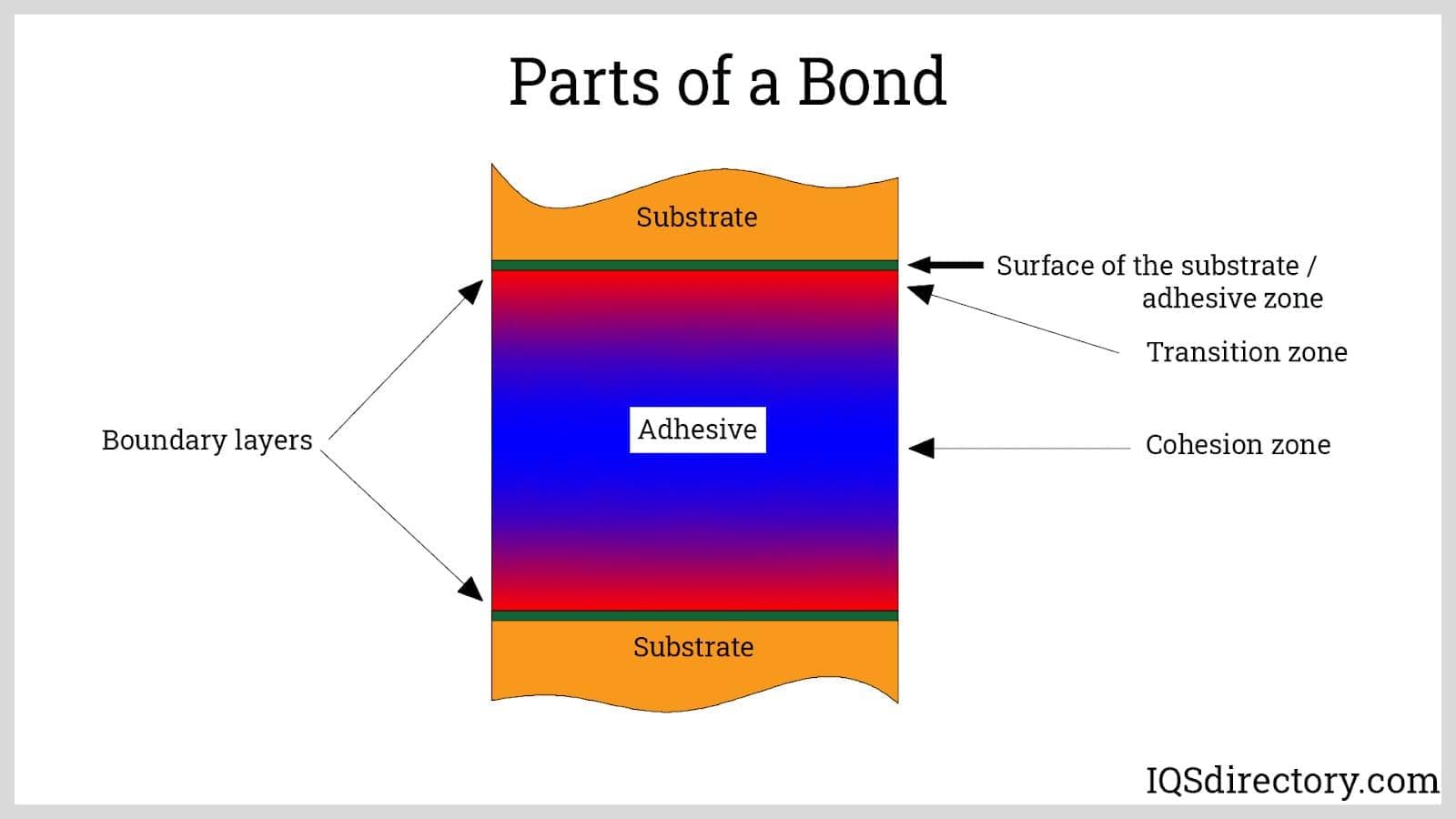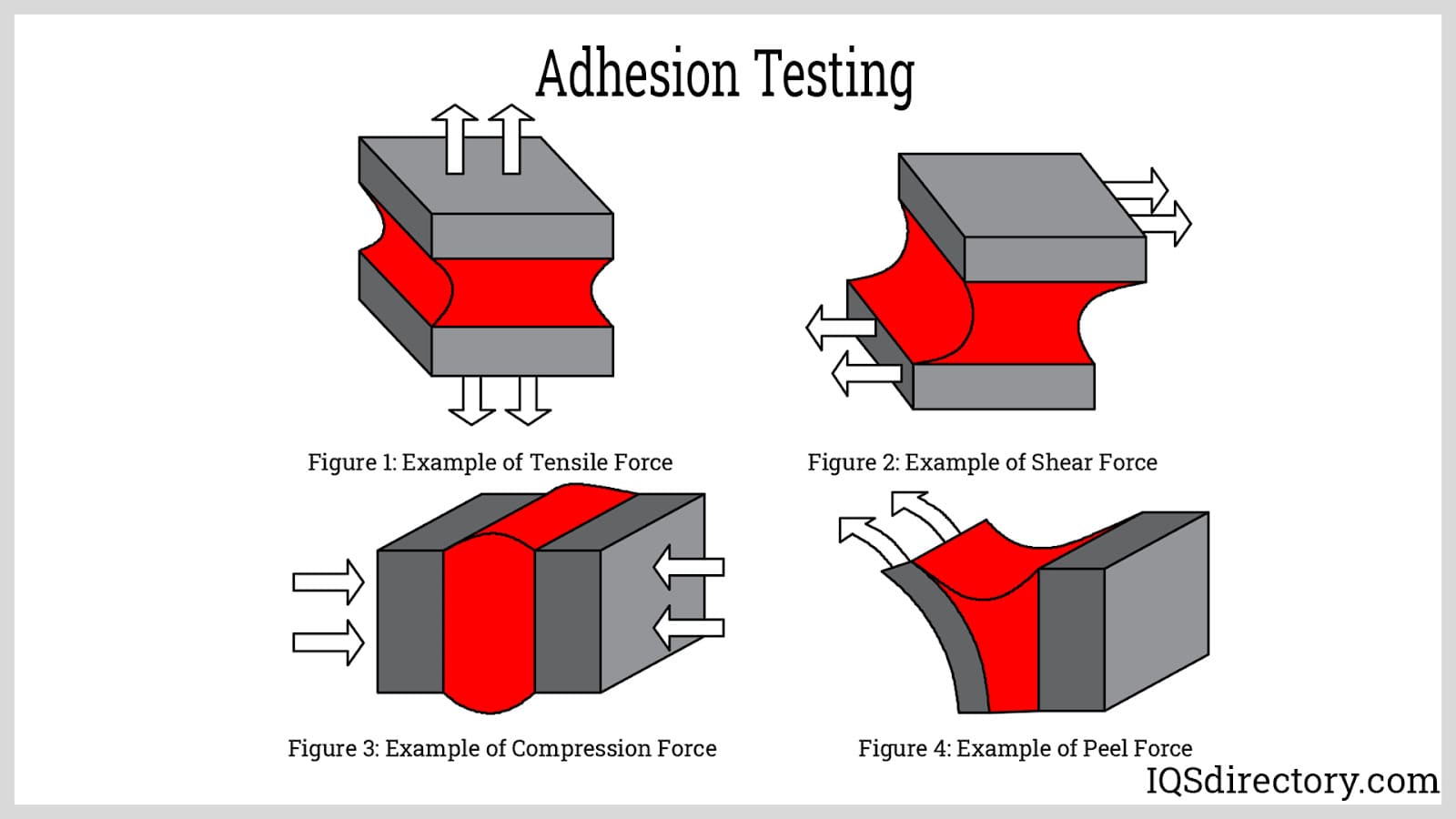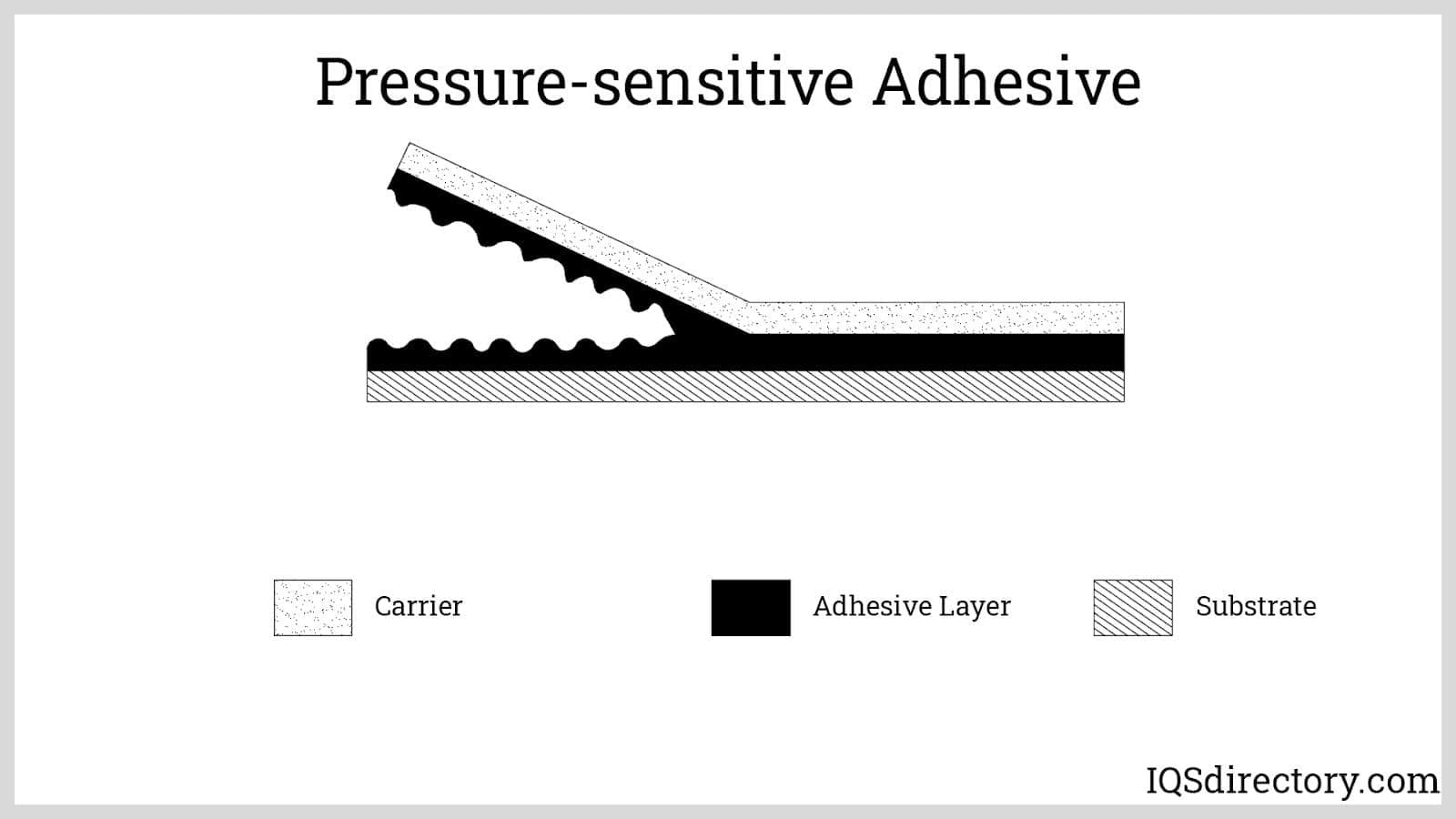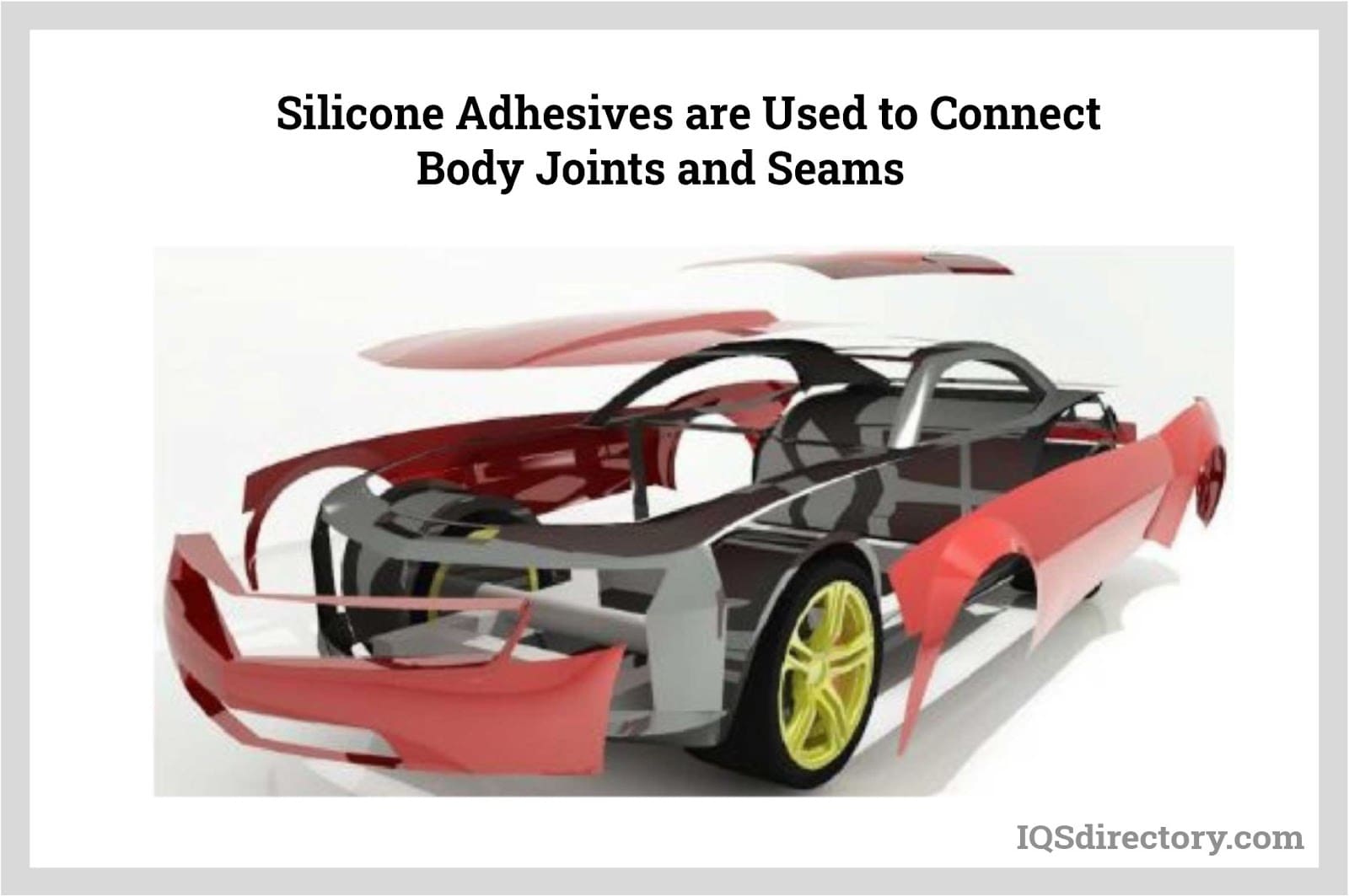Adhesives
An adhesive is a substance used to bond two separate materials together, creating a strong and lasting connection that resists separation. However, adhesives are not limited to bonding alone. Depending on their chemical composition, they can also be used to fill seams and holes, provide waterproofing, enable lamination, contain liquids, or even level surfaces. Each adhesive is formulated with a unique combination of epoxy and a hardening agent, with its specific composition carefully designed to meet the demands of a particular application. This precise engineering ensures that adhesives exhibit the necessary adhesive and cohesive properties for effective performance.
Adhesives play a crucial role in engineering and manufacturing, where they are utilized in large quantities for a diverse range of applications. Their formulations incorporate various ingredients, including casein, starch, natural rubber, butyl rubber, amino resins, polyurethane, polyvinyl acetate, acrylates, silicones, and other specialized compounds. Adhesive suppliers work extensively with these chemical solutions, customizing formulations to ensure optimal performance for specific industrial and commercial needs.
History and Evolution of Adhesives
The earliest known use of adhesive bonding dates back to the Middle Pleistocene era, approximately 200,000 years ago, when two stones found in central Italy were discovered to be bonded together with birch-bark tar. As early humans developed a deeper understanding of chemical compounds, they began refining adhesives and sealants, making them one of the first essential discoveries in the creation of rudimentary tools. By 70,000 BC, Native Americans in South Africa were using a glue-like substance made from tree sap and red ochre to seal their cave paintings. Later, in 2,000 BC, the Egyptians crafted liquid glue from animal remains to assemble wooden artifacts, a method so effective that traces of this adhesive can still be found in artifacts recovered from the tombs of the pharaohs.
By 1700, the first commercial adhesive industry emerged in Holland, marking the transition from handmade glues to large-scale production. In 1932, Borden, an American food and beverage company, introduced Elmer’s All-Glue, a product that would become a household staple. As advancements in synthetic and plant-based adhesives expanded, the reliance on animal-derived glues diminished due to evolving regulations protecting animals. However, casein from milk proteins and other animal-based ingredients continue to play a role in certain adhesive formulations. By 1947, Casco introduced the first PVA-based adhesive, further revolutionizing the industry with a more versatile and durable bonding solution.
Today, researchers are pushing the boundaries of adhesive science by exploring nanotechnology to replicate the molecular adaptations of the gecko’s feet, allowing adhesives to mimic the reptile’s ability to cling to surfaces. As adhesive technology has advanced, formulations have expanded beyond their primitive origins to include innovations such as vinyl plastisol, diglycidyl ether, adhesive tapes, thermally conductive adhesives, construction adhesives, and plastisol PVC.
There are now very few products that do not rely on the strength and integrity of adhesives. While the chemical makeup of adhesives has evolved over time, their fundamental role in manufacturing, construction, and everyday applications remains as crucial as ever.
Benefits and Advantages of Adhesives
-
Structure and Bonding Benefits
The advantages of using adhesives as a bonding agent over mechanical fasteners or hardware are clear. With the vast range of adhesives available today, there is always an option suited to a specific application. Adhesives and sealants bond surfaces together without compromising the integrity of the structure or the materials being joined, offering a seamless and effective solution.
Adhesive Appearance Advantages
Unlike welding, adhesives require little to no heat, making them a safer choice that reduces the risk of material damage. Their application is discreet, ensuring that the appearance of a product remains intact without visible seams or fasteners. Beyond bonding, adhesives offer additional benefits such as insulation and leveling, making them an essential tool across numerous industries. Their flexibility and reliability make them indispensable in industrial applications where strength, durability, and aesthetics are key considerations.
Multiple Adhesive Options
Industrial adhesives fall into three primary categories: silicone adhesives, acrylic adhesives, and polyurethane adhesives. Each type is classified based on its adhesive properties, curing mechanism, and chemical composition. The curing mechanism determines how an adhesive hardens—hot melt adhesives require heat, ultraviolet adhesives cure under sunlight, and pressure-sensitive adhesives bond upon applied force. Some specialized adhesives even conduct heat and electricity, such as those used in touchscreen technology. With the ever-expanding range of adhesive products, finding the right match for a particular application can be a complex task.
The right adhesive can determine the success of any product. Whether sealing floors and countertops, affixing labels, or assembling automotive components, selecting the appropriate adhesive ensures a reliable and durable result. Adhesives and structural sealants have played a fundamental role in human innovation for over 200,000 years and continue to be a cornerstone of modern manufacturing. It is the responsibility of adhesive manufacturers to present all available options and provide solutions tailored to their clients’ needs. Whether a job requires a pressure-sensitive adhesive, a water-soluble polymer, or an industrial sealant, the right manufacturer will deliver the best product for the application.
Uses and Applications of Adhesives
Adhesive manufacturers develop custom industrial adhesive products to meet the bonding needs of a vast range of applications. Industries such as woodworking, plumbing, packaging, labeling, appliance assembly, automotive, engineering, construction, clothing production, and bookbinding all rely on adhesives and sealants, each formulated to create the strongest bond and most reliable seal for specific applications. Among these, epoxy adhesives stand out as the toughest and most resilient, finding use in fiberglass repairs, carpentry, woodworking, metal and wood fillers, jewelry making, and even as reinforment for bolts. Nearly every environment, from the cupboards in a home to the office desk or the upholstery of an airplane seat, has been built, adorned, or reinforced with adhesive technology.
To support the diverse uses of adhesives, an array of applicators is available. Beyond traditional glue guns and dispensers, tools such as brushes, spray guns, roller coaters, curtain coaters, caulking guns, and air-actuated models offer precise and efficient adhesive application. As technology evolves, new adhesive applications continue to emerge each year. Some of the lesser-known but critical uses include medical applications such as wound care, medical device creation and implantation, wearable sensor adhesion, transdermal adhesives, laminates, and device mounting. These innovations are seen in the sticky pads of an EKG machine, the adhesives used in medicinal patches, and even the fast-acting medical adhesives that stop bleeding from deep wounds.
Adhesives also play a crucial role in mobile devices, ensuring proper grounding and shielding, general assembly, display bonding and protection, and electrical interconnection security. Regardless of the manufacturer or brand, every phone on the market has been assembled using adhesives and sealants. The automotive industry likewise depends on adhesives for LED lighting, labels, gaskets, structural and interior bonding, and side mirror assembly. It is evident that adhesives are deeply integrated into daily life, making them an indispensable element in modern manufacturing and innovation. There is not a moment in the day when society does not rely on the dependability, flexibility, and strength of the adhesive industry.
Adhesive Images, Diagrams and Visual Concepts
 The different parts and layers of an adhesive bond
The different parts and layers of an adhesive bond
 Tests for comparing relative qualities of the adhesive.
Tests for comparing relative qualities of the adhesive.
 Using pressure to establish an adhesive bond.
Using pressure to establish an adhesive bond.
 Adhesive must "wet out" the surface to be bonded for optimal adhesion and covers a surface in order to increase the contact area and attractive forces between the adhesive and the bonding surface.
Adhesive must "wet out" the surface to be bonded for optimal adhesion and covers a surface in order to increase the contact area and attractive forces between the adhesive and the bonding surface.
 Silicone adhesives are durable, weathering resistance, waterproof, impact resistant, does not crack or peel, and makes a flexible bond.
Silicone adhesives are durable, weathering resistance, waterproof, impact resistant, does not crack or peel, and makes a flexible bond.
Adhesive Types
-
Acrylate adhesives provide fast bonding at room temperature and offer excellent resistance to environmental conditions. They adhere effectively to oily surfaces and bond well with a variety of materials, including metals, plastics, glass, ceramics, and wood.
Companies specializing in the production of adhesive products and related accessories, offering solutions for industrial, commercial, and consumer applications.
Aerosol Adhesives
Industrial spray adhesives designed for convenience and efficiency, commonly used in applications such as foam and fabric bonding, upholstery, screen printing, labeling, palletizing, laminating, and trim work. These adhesives are available in high-strength, repositionable, and pressure-sensitive formulations, supporting both temporary and permanent bonding needs.
Anaerobic Adhesives
Cure in the absence of oxygen, with bonding catalyzed when applied to surfaces containing metallic ions. These adhesives are commonly used in thread-locking, gasketing, and sealing applications.
Also known as electrically conductive adhesives, these specialized formulations provide both electrical and thermal conductivity, ensuring secure connections between components in electronic and industrial applications.
Cyanoacrylate Adhesives
Fast-setting adhesives, often referred to as “crazy glue,” that require only a small amount to create a strong, rigid plastic bond. These one-component adhesives cure quickly and offer high-strength performance.
Also known as epoxy resins, these raw materials are formulated to create paints, coatings, and adhesives, offering high durability and chemical resistance.
Exceptionally strong and highly resistant to heat and chemicals, epoxy adhesives can be formulated to be either flexible or rigid, transparent or opaque, and fast- or slow-setting. Their versatility makes them suitable for a wide range of industrial, automotive, and construction applications.
Also known as thermal adhesives, these adhesives are applied in a molten state and solidify upon cooling, ensuring rapid bonding. Variants include fast-set, delayed-set, and pressure-sensitive formulations, with common uses in bookbinding, product assembly, and box and carton sealing.
Industrial Adhesives
High-performance bonding products designed specifically for manufacturing and industrial environments, providing durability and reliability in demanding applications.
Adhesives used for bonding thin layers of material. These adhesives are available in sheet or roll form and are applied using lamination presses or by hand with a squeegee or roller. Once applied, the liner is removed to expose the adhesive surface.
Methacrylate Adhesives
A more advanced adhesive technology compared to traditional acrylic adhesives, methacrylates offer superior gap-filling properties, excellent impact resistance, flexibility, and strong peel and shear strength. They provide medium- to fast-curing capabilities and can bond effectively to dirty or unprepared surfaces.
Membrane Press Adhesives
Designed for use in membrane press operations, these adhesives are heated to the appropriate temperature for lamination, then quickly set, allowing for rapid unloading and trimming of the finished product.
Moisture Cure Adhesives
React with moisture in the air or bonding substrate to form a cured polymer layer with high strength. The most common types include silicone and polyurethane adhesives, which provide durable and flexible bonds.
Polyurethane Adhesives
Available in two-part formulations or pre-mixed options, polyurethane adhesives must be thoroughly mixed to achieve the best bonding performance. They provide strong, flexible bonds across a variety of materials and offer greater flexibility than epoxies.
Tacky materials that bond two flat surfaces together when pressure is applied. These adhesives can be coated onto fabric, plastic, or metal and then adhered to surfaces such as wood, paper, plastic, and metal.
Provide a permanent bond between surfaces while also serving as a watertight sealant. They are commonly used in applications that require high flexibility, heat resistance, and environmental durability.
Thermoset Adhesives
Once set, these adhesives cannot be softened by heat. Thermoset materials include epoxies, polyesters, silicones, rubbers, and polyurethanes, making them ideal for high-temperature and high-stress applications.
Two-Part Adhesives
Composed of two or more components that chemically cross-link during curing. These adhesives, which include epoxies, polyurethanes, acrylics, and silicones, offer superior bonding strength and exceptional performance, though they tend to be more expensive than single-component alternatives.
Ultraviolet Adhesives
Cure through exposure to UV light, making them ideal for applications such as fiber optics, medical devices, and dentistry, where precise curing and high transparency are required.
Urethane Adhesives
Bond to a wide range of materials, offering toughness and flexibility at low temperatures. However, they are sensitive to high temperatures and prolonged moisture exposure, which can weaken the bond over time.
Water-Based Adhesives
Also known as aqueous adhesives, these formulations use water as a carrier or diluting medium. They set when the water evaporates or is absorbed by the substrate, making them an environmentally friendly choice for paper bonding, packaging, and labeling applications.
Adhesives Production Process
Developing the Right Adhesive Compound
To develop the right adhesive compound, manufacturers must consider a wide range of factors regarding the conditions under which the adhesive will perform. Will the adhesive be subjected to pressure? Will oxygen be available for curing? Will it be applied at room temperature? Will it endure extreme heat, prolonged sun exposure, wind, or ice? Does the bonded material need to bend or remain rigid? These questions guide the formulation process to ensure the adhesive meets the specific demands of its intended application.
Mechanical Bonding and Adhesive Spread
To accommodate these diverse requirements, adhesives are designed in a variety of formulations, each tailored to specific bonding challenges. One of the fundamental characteristics manufacturers must address is mechanical bonding. For an adhesive to successfully bond two surfaces, multiple interactions must occur. The adhesive must first spread across the surface of the material being bonded, which depends on its viscosity—the resistance to flow. Low-viscosity adhesives spread easily, much like rainwater flowing across a surface, while high-viscosity adhesives, like lava, resist movement and build up in layers. Since viscosity can be influenced by temperature, both the temperature of the adhesive and the surface it contacts must be considered during formulation.
Relative Adhesion Strength
Another key factor affecting an adhesive’s ability to spread is relative adhesion strength. If the adhesive molecules bond more strongly to the material’s surface than to each other, the adhesive will spread and penetrate microscopic fissures and pores, creating a strong mechanical bond. This mechanical interaction significantly enhances the strength and durability of the adhesive connection.
Setting Temperatures and Curing Speeds
Adhesives also vary in their setting temperatures, ranging from above 212º F to below 68º F, depending on the conditions needed for hardening. Hot melt adhesives, for example, become viscous at elevated temperatures and solidify as they cool. Setting speed is another critical characteristic—some adhesives remain tacky for an extended period, allowing time for part assembly, while others cure almost instantly. Some adhesives, like wood glue, require overnight drying to achieve full strength.
One-Part and Two-Part Adhesives
Adhesives come in both one-part and two-part formulas. Two-part adhesives consist of separate compounds that must be mixed before application, creating a chemical reaction that leads to bonding. This process is used in epoxies, acrylics, and urethanes. Some two-part adhesives require homogeneous mixing just before use to activate their bonding agents. One-part adhesives, on the other hand, contain latent bonding properties and require activation through external energy sources such as heat, oxygen, moisture, radiation, or pressure. The curing time varies greatly—some super glues dry instantly, while others, like wood glue, take hours or days to fully cure.
Adhesive Forms and Performance Metrics
Manufacturers produce adhesives in a variety of forms, including foams, films, pastes, liquids, solids, seal tapes, powders, and aerosol sprays. Solid adhesives and sealants may also be available as melt sticks, granules, chips, and pellets, each requiring specific processing to achieve the desired bonding characteristics. Regardless of the form, adhesives are evaluated based on essential performance metrics, including impact strength, cleavage strength, fatigue strength, tensile strength, shear strength, and peel strength. Each adhesive compound is carefully designed with considerations for cure time, substrate compatibility, ductility, mechanical bonding, and moisture resistance, ensuring that engineers and manufacturers receive the right adhesive solution for their specific application.
Adhesives Terms
-
Adhesive
A substance that resists adhesion and can be used as a non-stick surface coating for items such as baking tins, frying pans, and metal pots. Common examples include Teflon and silicone.
Adherend
A material that is bonded to another surface using an adhesive.
Cleavage Strength
The resistance of a bonded adhesive to cracking when subjected to stretching or strain.
Curing
The process of hardening or solidifying an adhesive through cooling, drying, or crystallization. Also known as setting.
Curtain Coating
A method used to apply a heavy adhesive coating over large surfaces. Parts move through a "waterfall" of adhesive in an automated conveyor system to ensure even application.
Encapsulant
An adhesive coating that hardens into a protective layer to prevent degradation, often used for shielding electronic components.
Fatigue Strength
The maximum load an adhesive bond can endure when exposed to repeated stress over time.
Impact Strength
The ability of an adhesive bond to resist sudden shocks or direct perpendicular physical blows.
Peel Strength
A measure of an adhesive bond’s durability, determined by the force per unit width required to separate bonded materials through a peeling motion.
Release Paper
A removable protective or carrier sheet for adhesives, commonly used for film and laminating adhesives.
Resins
Thick, sticky hydrocarbon-based plant secretions that serve as key components in varnishes and adhesives.
Roll Coating
A method for applying adhesive, ranging from simple manual applications using a paint roller to precision-controlled roll coating machines that regulate thickness, minimize waste, and facilitate large-scale, high-speed application.
Screen Printing
A technique for applying adhesive in specific patterns by forcing it through a mesh screen with a squeegee. The size of the screen openings determines the thickness of the adhesive coating.
Shear Strength
The ability of a cured adhesive to withstand parallel stress without experiencing irreversible deformation or structural failure.
Substrate
The surface onto which an adhesive is applied for bonding or coating, also referred to as an adherend.
Tensile Strength
The resistance of an adhesive bond to stretching or tension, determining its overall durability under strain.
Transfer Printing
A rapid method for applying a thin layer of adhesive in precise patterns, commonly used for applications such as sealing envelope flaps. Typically executed using rollers or flat plates.
Wet Strength
The measure of an adhesive’s bond strength immediately after being immersed in a liquid under controlled conditions of time, temperature, and pressure.

